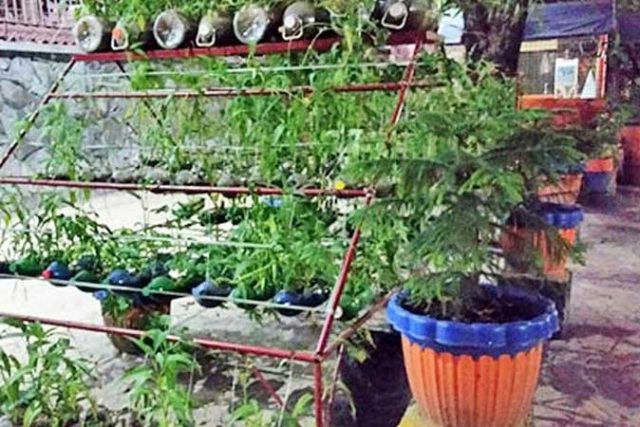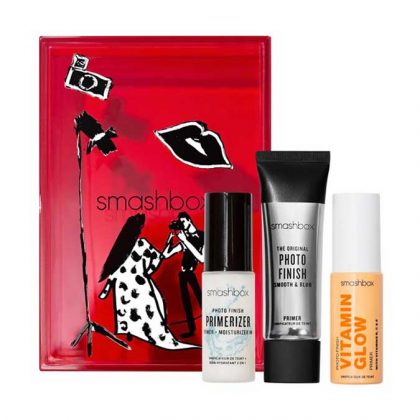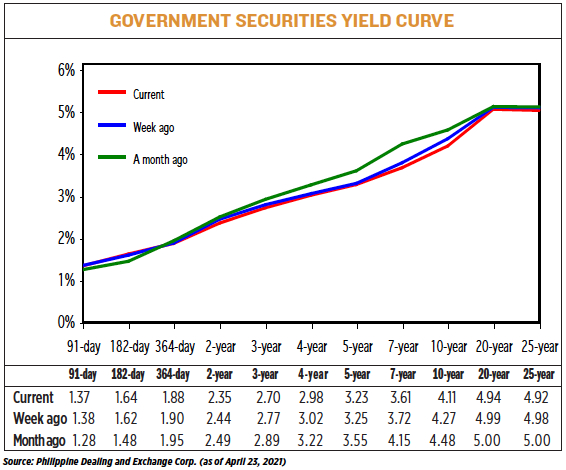Only 3 in Metro Manila and the Panguil Bay Bridge are actually in progress
By Marifi S. Jara, Mindanao Bureau Chief
and Maya M. Padillo, Correspondent
AT THE PANGUIL Bay Bridge groundbreaking ceremony on Nov. 28, 2018, President Rodrigo R. Duterte trumpeted the coming “seemingly endless roads and bridges” across the archipelago that will be built under his administration’s “Build, Build, Build” (BBB) infrastructure program.
By July 2020, during the pre-State of the Nation Address forums led by the Duterte Cabinet, Public Works Secretary Mark A. Villar reported having laid out more than 23,000 kilometers (kms) of road and 4,900 kms of bridges.
Mr. Villar said even the coronavirus pandemic, which prompted lockdowns and stringent restrictions, has not significantly affected the BBB timetable.
“We feel we are still on track to meet our target in terms of infrastructure accomplishment,” he said, “We’re confident with regards to the big-ticket projects because of the new guidelines implemented. Based on our studies, we see that the constructions are continuing,” he said.
Most big-ticket bridge projects, however, tell a different story.
Among those considered in the BBB projects list that have been shelved are the Bataan-Cavite Interlink Bridge in Luzon, the Sorsogon-Samar bridge that would have been the first concrete connection between mainland Luzon and the Visayas, the Cebu-Bohol bridge in Central Visayas, and the Guimaras-Negros segment of the Panay-Guimaras-Negros Bridge in Western Visayas.
Other than three ongoing flagship bridges in Metro Manila — the Estrella-Pantaleon Bridge and two crossing Pasig River, the Binondo-Intramuros and Sta. Monica-Lawton bridges — only two in the southern islands of Mindanao, are still in the pipeline, though the timetables for both have been significantly set back.
These are the Panguil Bridge and the Samal-Davao Bridge.
Samal Mayor Al David T. Uy, in an interview in February, said he has his fingers crossed that groundbreaking for the 3.98-km bridge that will link his island to mainland Mindanao will finally happen by March or April.
“I asked them (Department of Public Works and the Chinese contractor) when will be the groundbreaking, they said first quarter of this year. I hope before end of March or April construction will begin,” he said.
Mr. Uy also expressed confidence that construction for the bridge, first discussed some 40 years ago, will finally go ahead despite a potential legal battle from the family that owns the affected property on the Samal landing site.
“There are legal remedies that can be applied. But despite opposition the project will continue,” he said, noting that the bridge will enhance the island’s access to social and health services, transport of people and goods, and boost tourism.
For Panguil bridge, the Korean Namkwang-Kukdong-Gumwang joint-venture contractors of the project have been mobilizing equipment and materials on both ends.
As of the end of January, the contractors have agreed to the Lanao del Norte government’s offer to set up the concrete batching plant and project offices at the former Agora terminal in Tubod, the provincial capital.
The 3.77-km bridge — funded through a P5.21-billion loan from the Export-Import Bank of Korea-Economic Development Cooperation Fund and P2.17 billion from the national budget — will cross Panguil Bay, connecting Tubod to Tangub City in Misamis Occidental.
Panguil Bay crossings are currently served by roll-on, roll-off vessels between Mukas on the Lanao side and Ozamiz City in Misamis, which could take up to three hours, “especially when the queue is extended to the main national highway,” according to Lanao del Norte Provincial Fisheries Officer Noel M. Saldajeno.
When the bridge is up, the crossing could take as little as seven minutes.
Teodolo A. Bueno, Jr., chairman of the more than two decade-old Simbuco Aqua Marine Multi-Purpose Cooperative in Lanao del Norte, said the organization sees the bridge project as a boost to its seaweed venture.
“Members of the cooperatives are very much motivated to engage further in seaweed farming after knowing that the transport of their products will not cost a lot and the travel time will be shortened,” said Mr. Bueno in an e-mail interview facilitated by Mr. Saldajeno.
The cooperative, a beneficiary of the World Bank-funded Philippine Rural Development Project, is expanding from seaweed production to value-added goods such as ice cream and crackers.
Mr. Saldajeno also said, “Seaweed consolidators can easily transport their products and the consolidation will be non-stop since the dried seaweeds will not be stocked longer in the storage area.”
Representative Mohamad Khalid Q. Dimaporo, who represents the 1st district of Lanao del Norte, said the bridge’s benefits extend across the Northern Mindanao Region as well as the neighboring Zamboanga Peninsula and the Bangsamoro Automonous Region in Muslim Mindanao (BARMM).
“The transport sector, especially those traveling or carrying goods from Dapitan (city in Zamboanga del Norte) to Cagayan de Oro (the regional center of Northern Mindanao) will benefit directly from the bridge,” he said in an online interview.
“The completion of the Tubod-Ganassi Road will maximize the economic impact of the Panguil Bay Bridge. It will connect Lanao del Sur and the BARMM Region to western Mindanao markets and ports,” he added.
Misamis Occidental Governor Philip T. Tan, also chairman of the Northern Mindanao Regional Development Council, said the economic benefits from the bridge will be further felt in his province with the construction of the MisOcc Economic Zone Diversion Road.
The 80-km road, with an estimated cost of P2.25 billion, “will spur economic development of the three cities and 11 municipalities” in the province, Mr. Tan said during the Mindanao Speaks Up forum on Feb. 10.
“This will complement the Panguil Bay Bridge… This will provide more access, more investment, and provide faster connectivity” between the province and parts of neighboring regions, he said.
Back at the Panguil groundbreaking more than two years ago, Mr. Duterte was hopeful that the bridge would be completed by 2021.
“Insha’Allah, around 2021 by the time this gets done, it cuts the travel… and make it easier for you to start whatever kind of business in this area,” he said, speaking in English and Visayan.
With construction barely starting, the completion date remains a moving target with a launch seen sometime in 2023 as the earliest.
“It’s a disappointment that we cannot have the bridge completed in the current administration and will have to weather the transition to another administration,” said Mr. Dimaporo, a member of the ruling party.
“I hope the approach from the highway to Panguil Bay can still be completed within the Duterte administration,” he added.
The Panguil and Samal bridges could become the country’s two longest, beating the long-time record held by the 2.16-km San Juanico Bridge in the Eastern Visayas, which was built in 1972.
That distinction, however, would soon belong to the Cebu-Cordova Link Expressway, which will span more than eight kilometers and is expected to be completed by December this year.
Mr. Duterte also led the groundbreaking for that project in March 2017. But being a private sector-led tollway makes it a rather different bridge story.

























